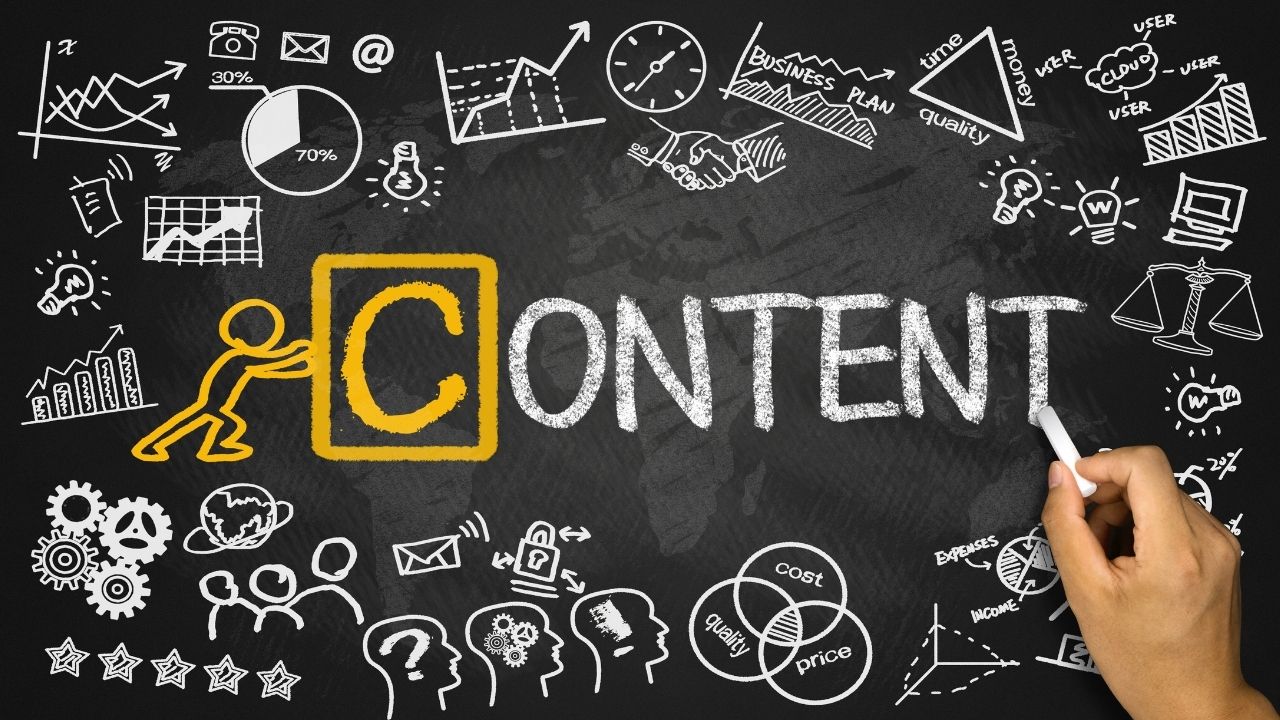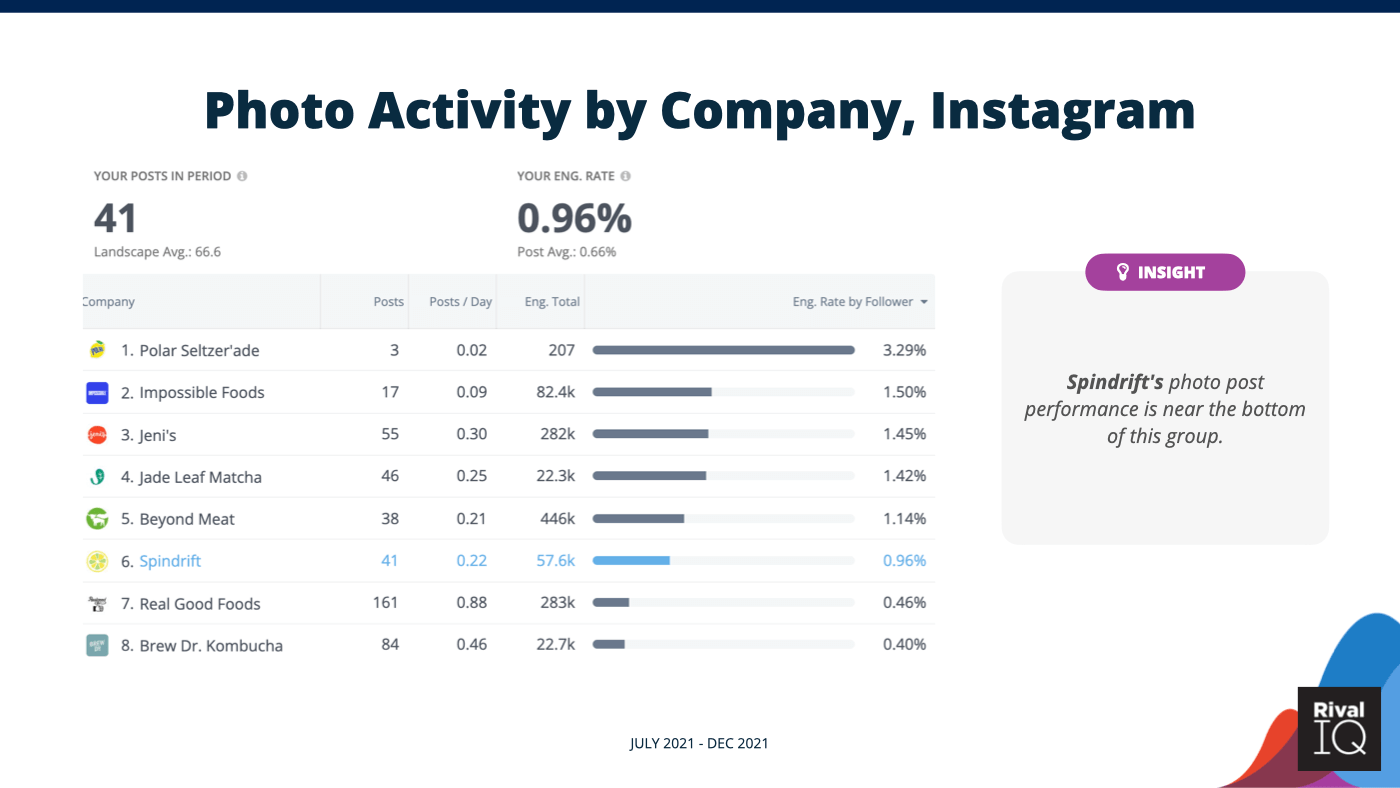
A specific audience in mind when writing
It can be difficult writing for a targeted audience. It involves focusing on facts and proving your expertise. Fluff is not the way to go. Each sentence and word must have a purpose. It is important to fully understand your audience's needs and preferences if you want to write for technical audiences.
Your audience will guide you on how to approach your topic. For example, if you're writing a peer-reviewed paper, you want to make sure that your audience will understand it. In the same way, students are a good target audience if you want to write a peer-reviewed paper.
Creating engaging headlines
Your marketing strategy should include a headline. The headline is what visitors first see. Its primary purpose, however, is to convey a benefit to the readers. It is essential that this benefit be clearly and specifically stated. The higher the click-through rate, the more specific your benefit. The best headlines ask the reader a question or promise something. For a great headline, think about who you are in the shoes of your target audience. A powerful marketing skill is the ability to empathize.

It is also important to link headlines to basic needs, such as information. The reader can easily relate to such a headline by looking at how the headline relates to the reader's needs. For instance, if you're writing an article on how to improve your finances, your headline can reference something that will help you improve your finances.
Creating shareable quotes
Careful consideration is required when creating shareable quotes within written content. It is important to ensure that your content is memorable for your audience. Tweetable quotes can be likened to a sound bite that captures the essence of the entire post. This is a great way to communicate a single idea to your audience.
It is important to choose the right font for your quote. It determines the emotional response of your readers and makes your text more believable. Make sure the font is easy to read and scan.
Create custom content
A powerful way to reach your target audience is to create customized content. Rather than sending the same content to everyone, tailor your content to the demographic of your target audience. Through email surveys or social media profiles, you can gather information about your customers to help improve the content. Moreover, customized content will help you rank higher on search engines.

Marketers are spending more on custom content creation as more consumers look online for answers. Consumers no longer want generic content. They want content that is tailored to their needs. To be successful in online marketing, lead nurturing and customer loyalty, you must create personalized content.
FAQ
Is content marketing simple to measure?
Yes! Yes! This allows you to evaluate whether your efforts were successful, and if you need changes.
It's possible to track how many visitors came through different sources--including email, social, and paid ads, as well as track conversions such sales leads and purchase orders.
These metrics allow you to see which content is performing well and where your greatest opportunities are.
What is content marketing?
This strategy involves creating quality and relevant content for your site or blog. It can include videos, images, text and infographics. This helps you to attract new customers as well as keep your existing customers engaged.
What are the various content strategies?
Content strategy is a general term that describes all aspects of how content is created, managed, distributed, measured, and optimized for digital channels. This includes not only what you post on social media sites like Facebook and Twitter, but also what you highlight on your website, blog and other online properties.
Content strategy is vital because it determines how you will focus your time and effort, the content types you should use, as well as what message you send to your target audiences.
It is about understanding how content fits within the overall business goals to help you achieve them.
What is the average time it takes to start content marketing?
It depends on the size and scope of your business. Smaller companies usually don't have enough resources to invest in content marketing immediately. It can be a great investment if you are willing to invest some time.
What amount should I spend on content marketing?
It depends on how many leads your company wants to generate. The average cost per lead ranges from $5-$10, depending on the industry. We spent $20 per lead when we started our business. Now we spend $6-7 per leads.
Statistics
- Forty-seven percent of buyers view 3 to 5 pieces of content before engaging with a sales representative. (mailchimp.com)
- Content marketing produces 3X more leads per dollar spent. Content marketing costs 62% less than traditional marketing. (criteo.com)
- Companies that use content marketing see approximately 30% higher growth rates than businesses not using it. (mailchimp.com)
- We found that 40% of businesses don't have a documented strategy yet. (semrush.com)
- Progress indicators (0–100%) allow each team member to see how attainable each goal is and understand what remains to be accomplished. (semrush.com)
- This marketing strategy landed Ford a 15.4% conversion rate. (neilpatel.com)
- Seventy-two percent business to business (B2B) (mailchimp.com)
- According to our research, 65% of companies with very successful content marketing in 2021 ran content audits at least twice a year. (semrush.com)
External Links
How To
Infographic Design Tips for Content Marketing
Infographics are a powerful way to simplify complicated concepts, and make information easier to understand. Information marketing is about providing valuable and useful information to your target audience. Infographics are a great way to share this message.
To create an infographic using design software such Adobe Illustrator, Photoshop or other similar programs, you will need Adobe Illustrator. These programs allow you to create infographics by drawing different shapes and elements. You can then use colors and fonts for your data. Once you are happy with your design, you can upload images to Unsplash and Pixabay for your design.
Online infographics can be a great source of inspiration. To show how many calories certain foods have, you can use a picture of a pyramid to illustrate this. You could also replace the numbers with images of the food. You could also look at the sugar content of soda pop, and then take a photo of a Coke bottle.
Once you've created your infographic, share it on social media channels like Facebook or Twitter. This allows people to learn more about the concept, even if they aren't familiar. You can include hashtags in your infographic if you want to share it on social media. Users can follow conversations around specific topics using hashtags.
Make your infographics shorter than normal if you are creating them. An average blog post can range from 2000 to 5000 word, while an informationgraphic needs only 500 to 1000 words. That means you can get more information across in less space.
Your infographic should be easy to read for some viewers. Make sure you use large enough fonts and don't rely too heavily on color for your graphics. Also, make sure that all your text is legible.
Here are some additional tips :
-
Choose an Infographic Template. Many templates are available in both printable and online formats. The most popular ones include Canva, Piktochart, and Google Slides.
-
Make your Infographic. Create your infographic using the template. Any media you choose is acceptable for your audience. An example of this is a infographic that shows the best restaurants in Seattle.
-
Add Text. Add text to your infographic once you have it created. You can use Microsoft Word, PowerPoint or Canva to add text.
-
Add Images. Add images to your infographic. These can be pictures, charts, graphs, or icons. If you want to add a picture, make sure it's relevant to your topic.
-
Make It Interactive. You can also add interactive elements such buttons, maps, links, and other features. This will make it easier for your audience to interact with you.
-
Share. Share the infographic once you're done.
-
Measure. Your infographic's performance. Did people click through to your website? Are they signing up for your email newsletter? What was their reaction?
-
Improve. Do you have any suggestions for improving your infographics? Is there anything you could do better?
-
Repeat. Repeat.